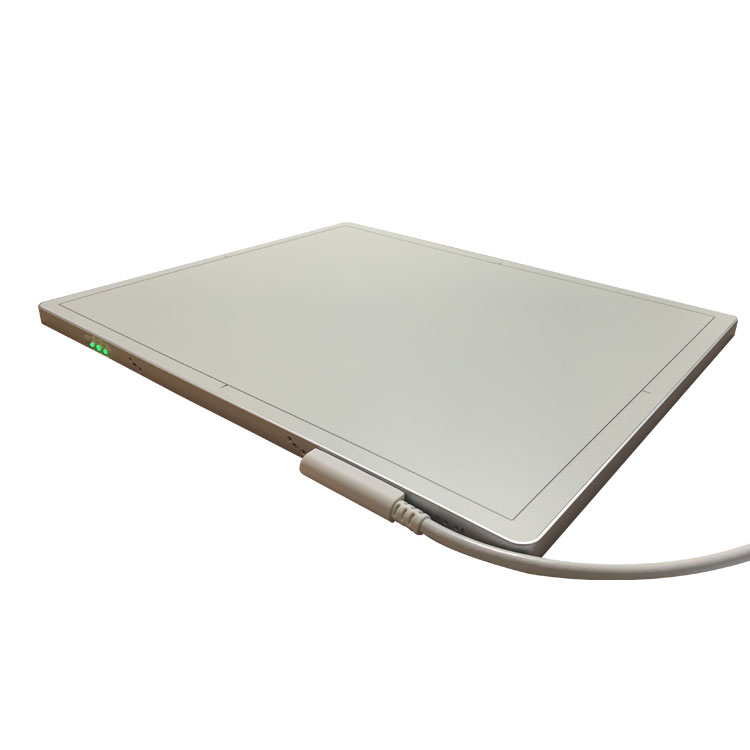From the perspective of its energy conversion, it can be divided into two types: direct conversion flat panel detector and inter-conversion DR flat panel detector. The material is different. The material of the indirect DR flat panel detector is amorphous silicon. The direct DR flat panel detector is made of amorphous selenium.
The first DR flat panel detector appeared in 1995. DR flat panel detector is the core technology of DR technology and plays a decisive role in its imaging quality. In the indirect conversion DR flat panel detector, the transistor that converts visible light into electrical signals and the coating of the scintillator can affect its quantum detection efficiency, while in the direct conversion DR flat panel detector, the quantum detection efficiency is generated with the amorphous selenium layer. The charge capacity is related. The spatial resolution in the direct conversion DR flat panel detector depends on the size of the thin film transistor matrix per unit area, while in the indirect DR flat panel detector, the size of the thin film transistor matrix in the unit plane affects the space. The size of the resolution.
In terms of imaging quality, there are two performance indicators for evaluating the DR flat panel detector, quantum detection efficiency and spatial resolution. Among them, the quantum detection efficiency determines the resolution ability of the flat panel detector to the density difference between different tissues, and the spatial resolution determines the resolution ability of the DR flat panel detector to the fine structure gaps in the tissue. Different types of DR flat panel detectors have different influence factors on quantum detection efficiency and spatial resolution.

Author:Lillian
Tel:+86 18953679166
Email:service@newheek.com
Company:Weifang Newheek Electronic Tech Co., Ltd.